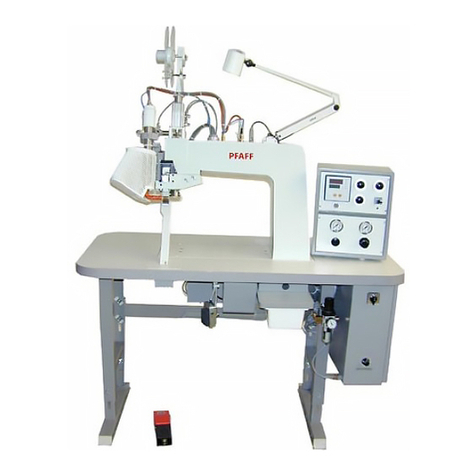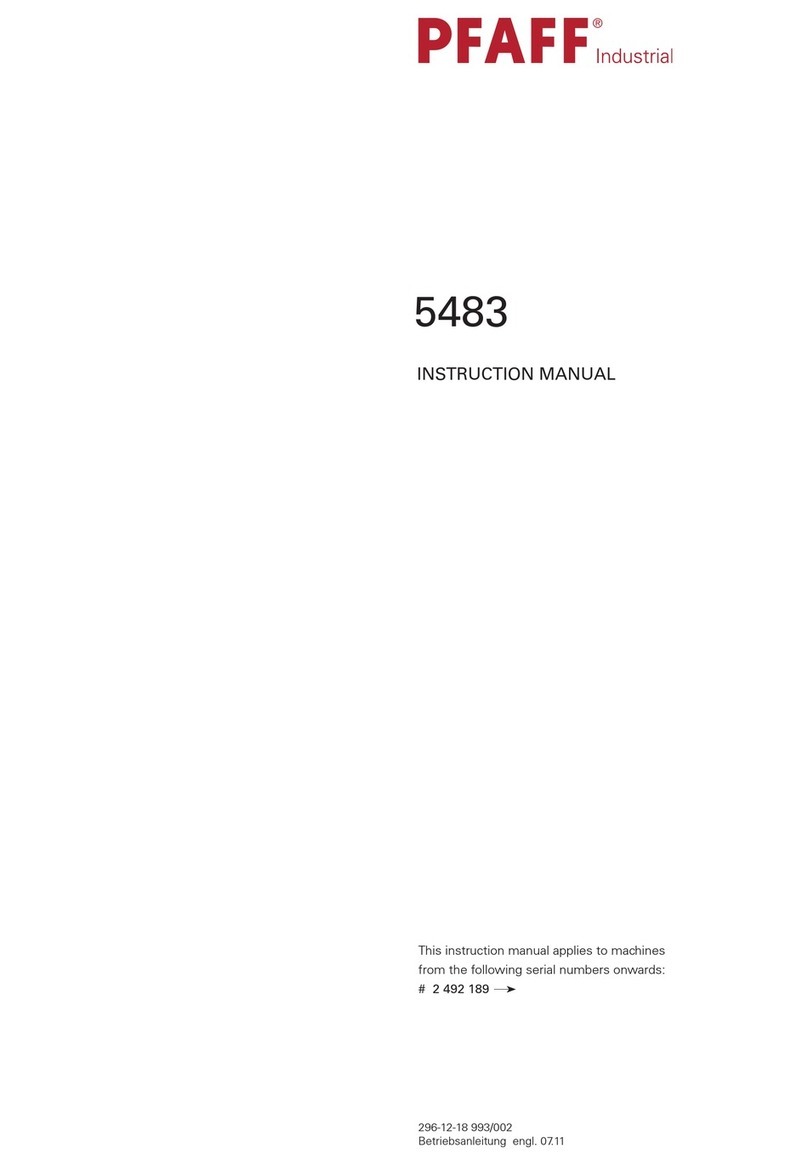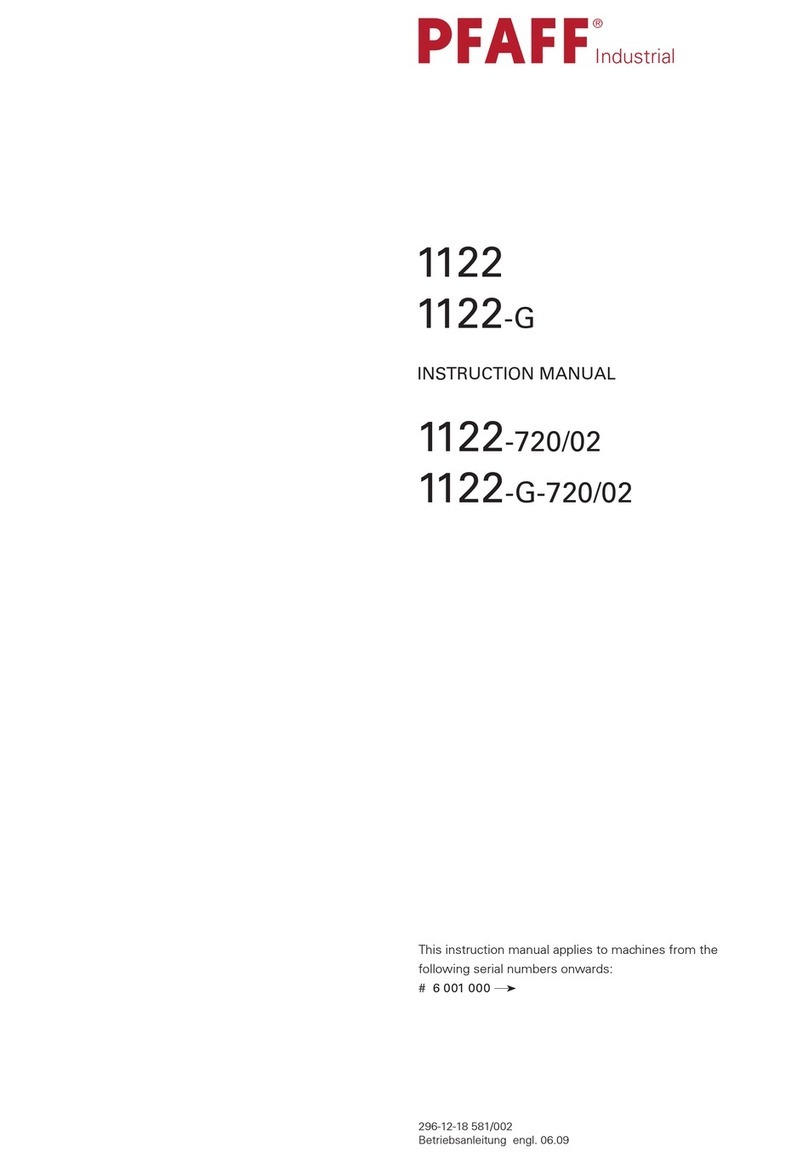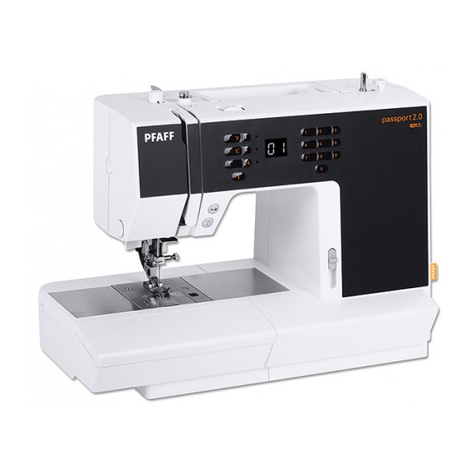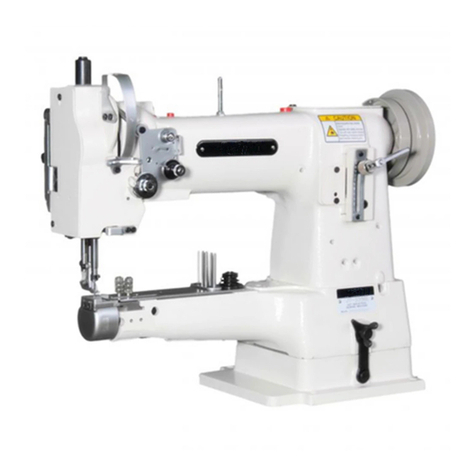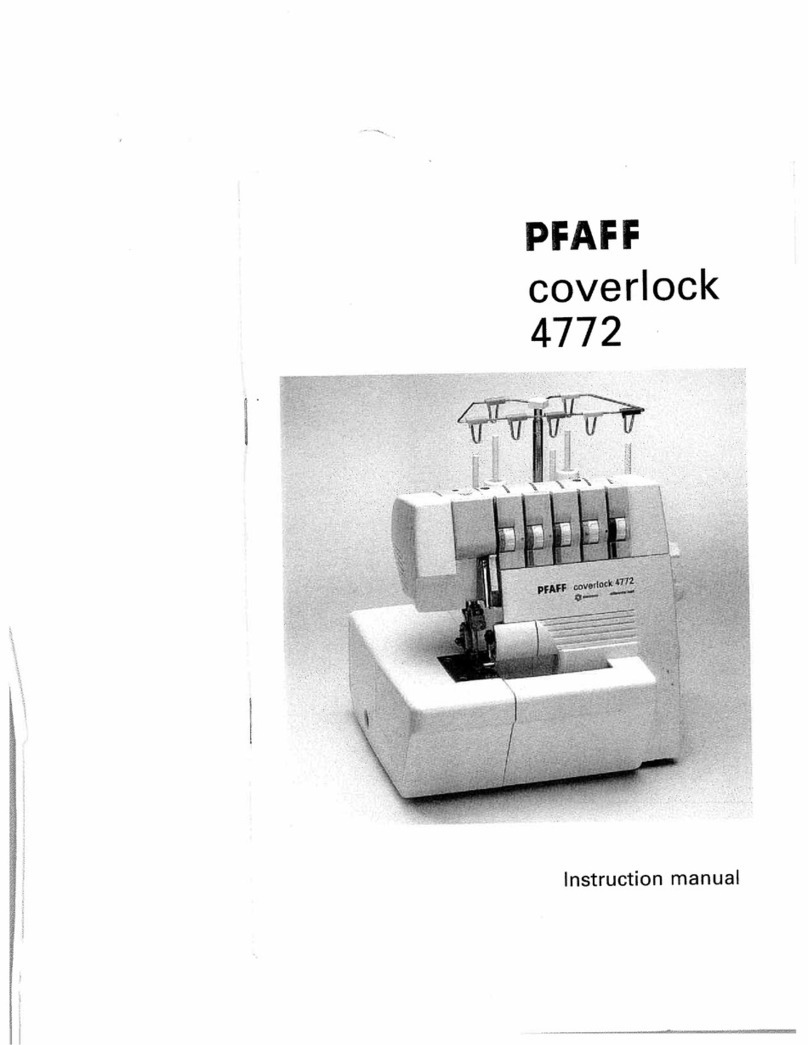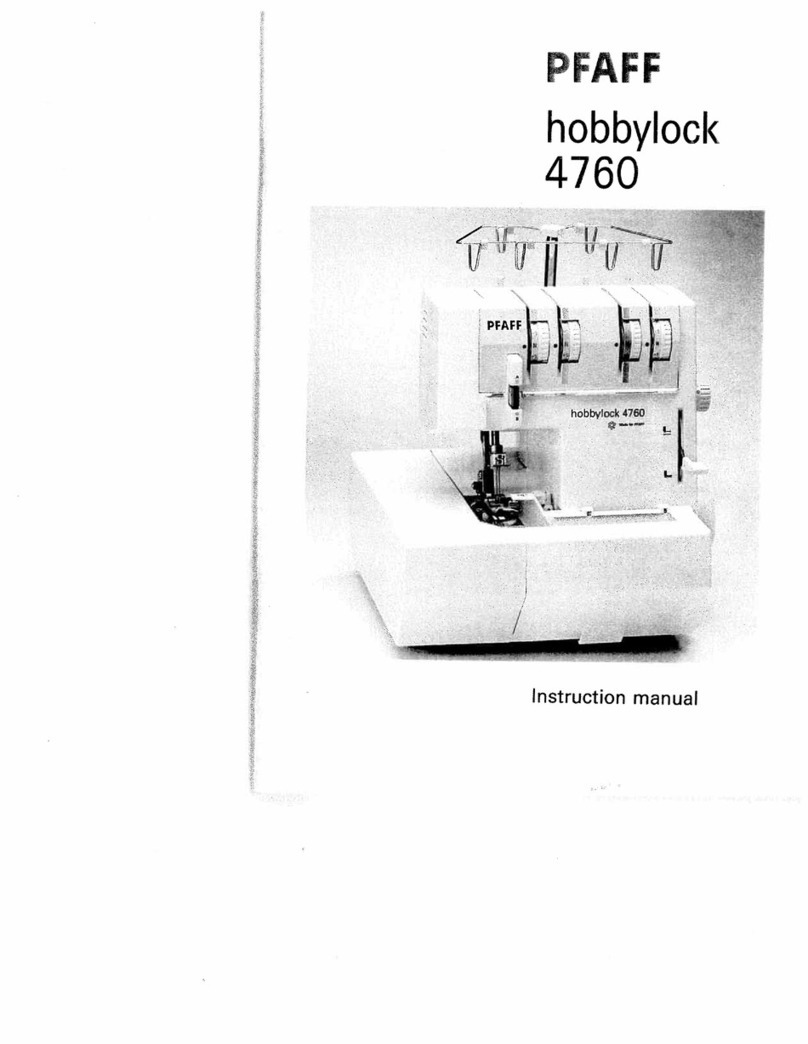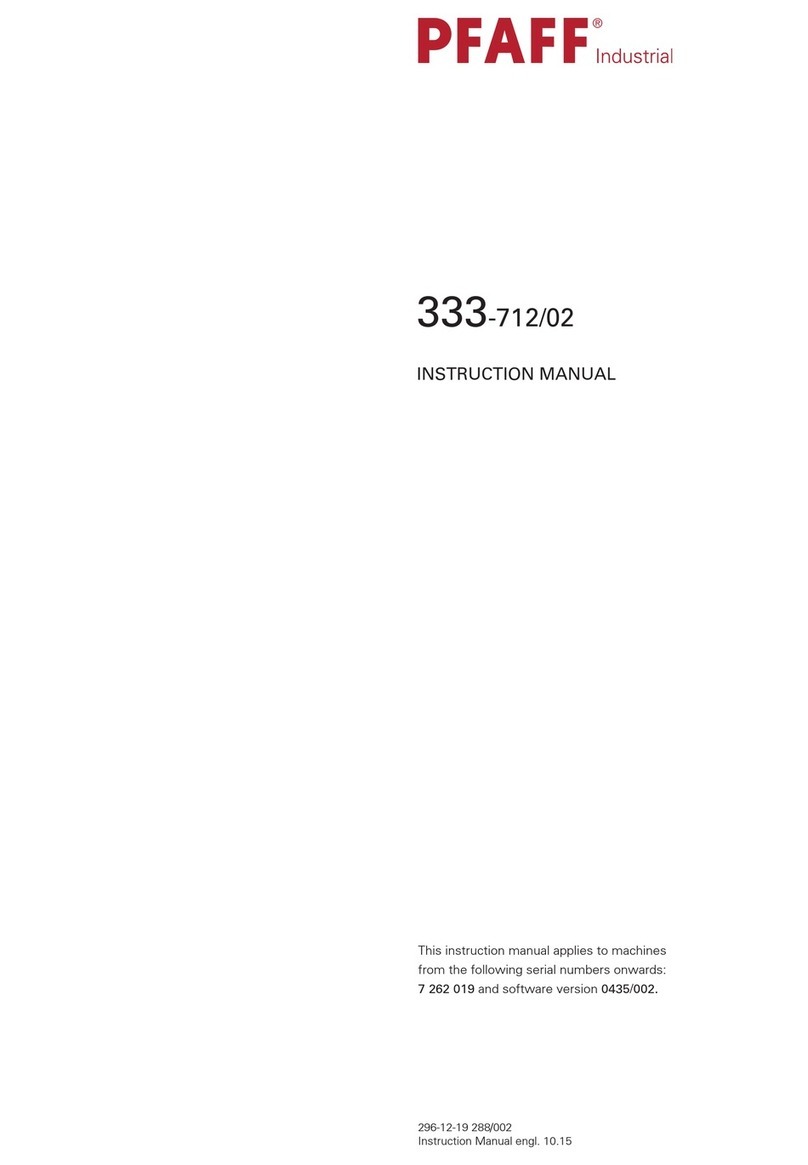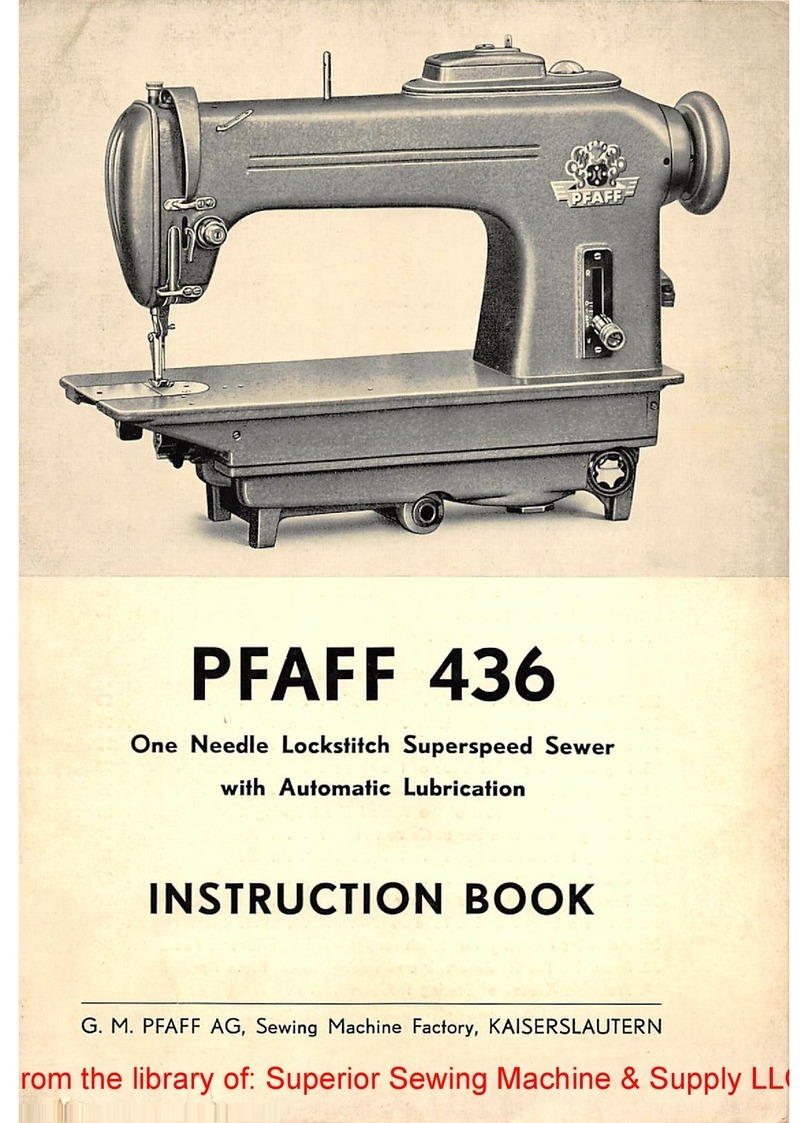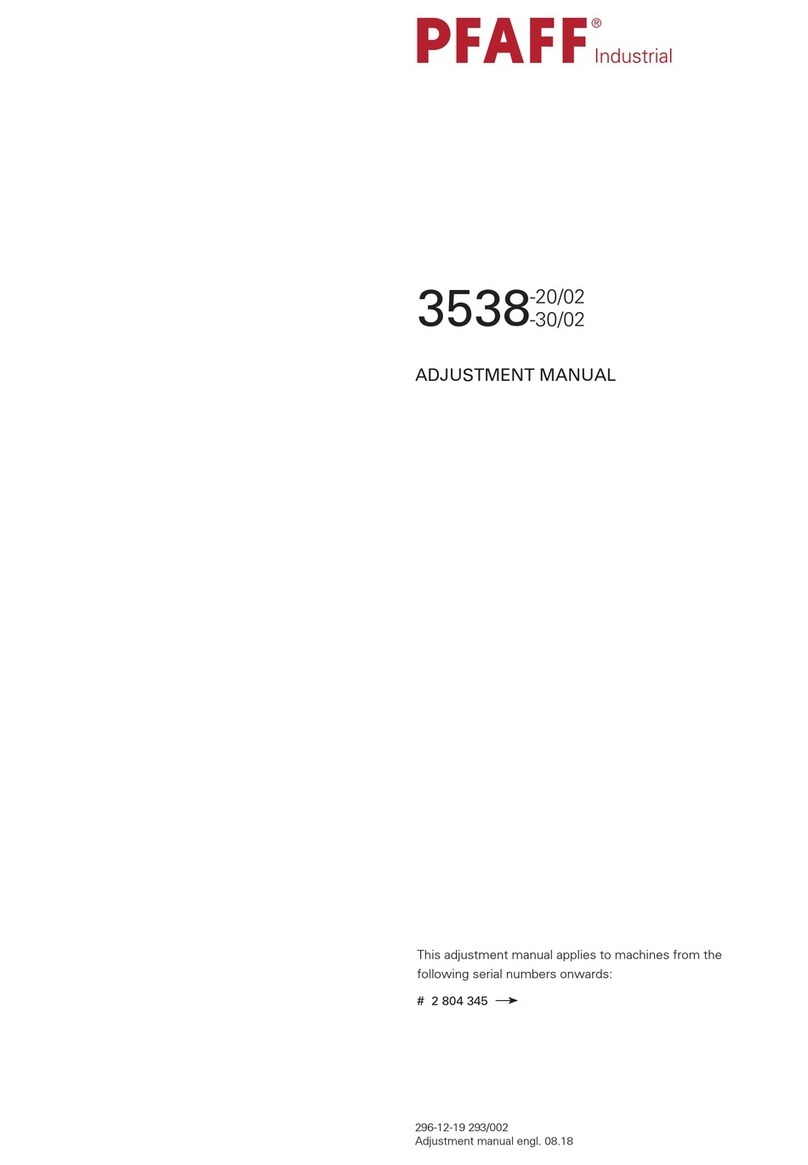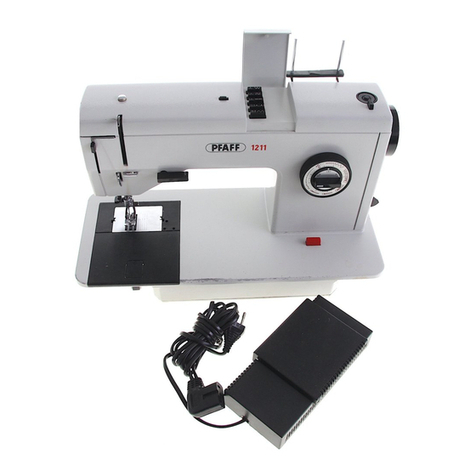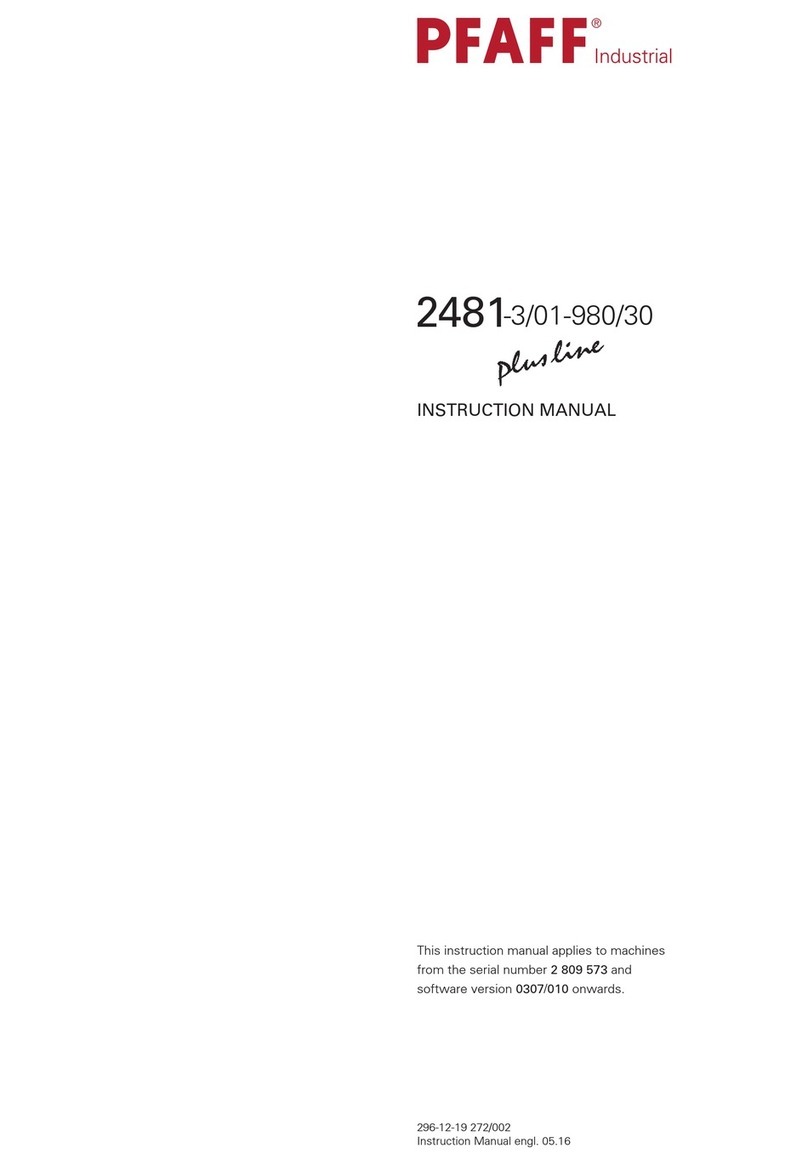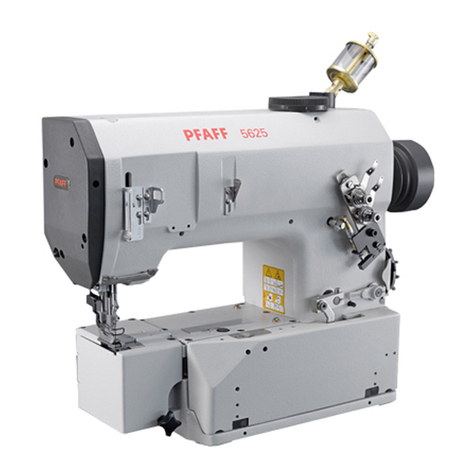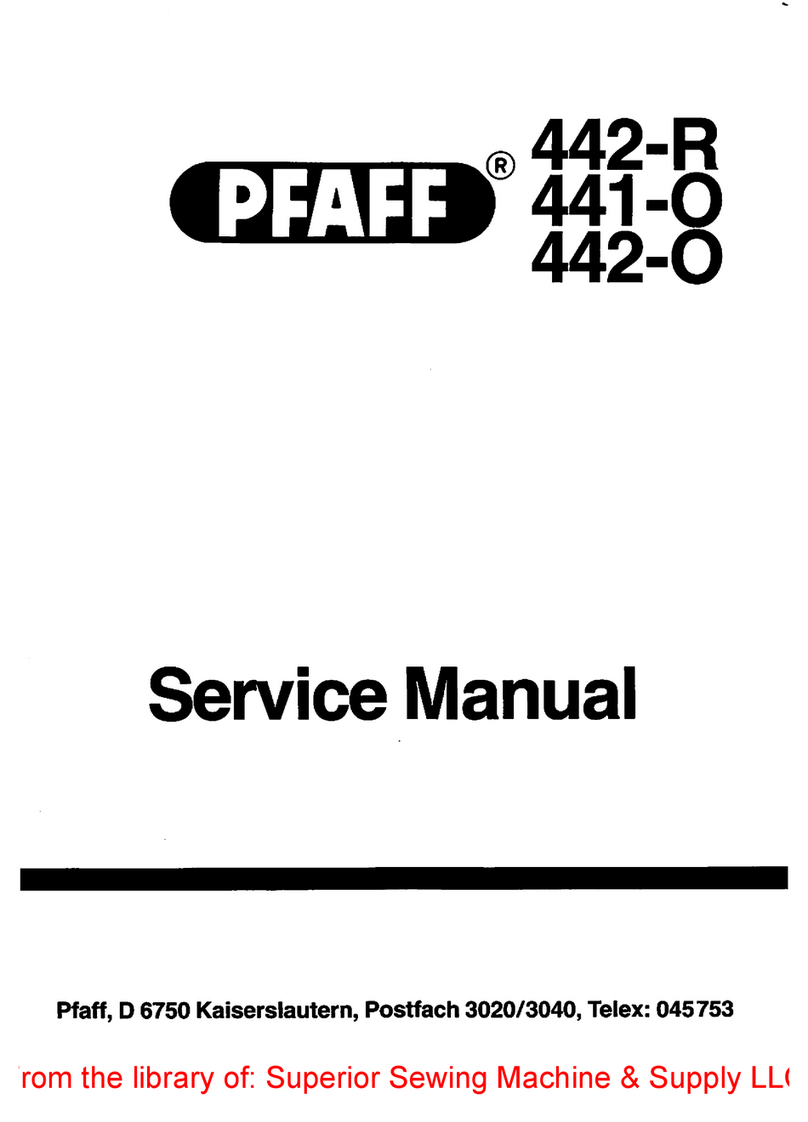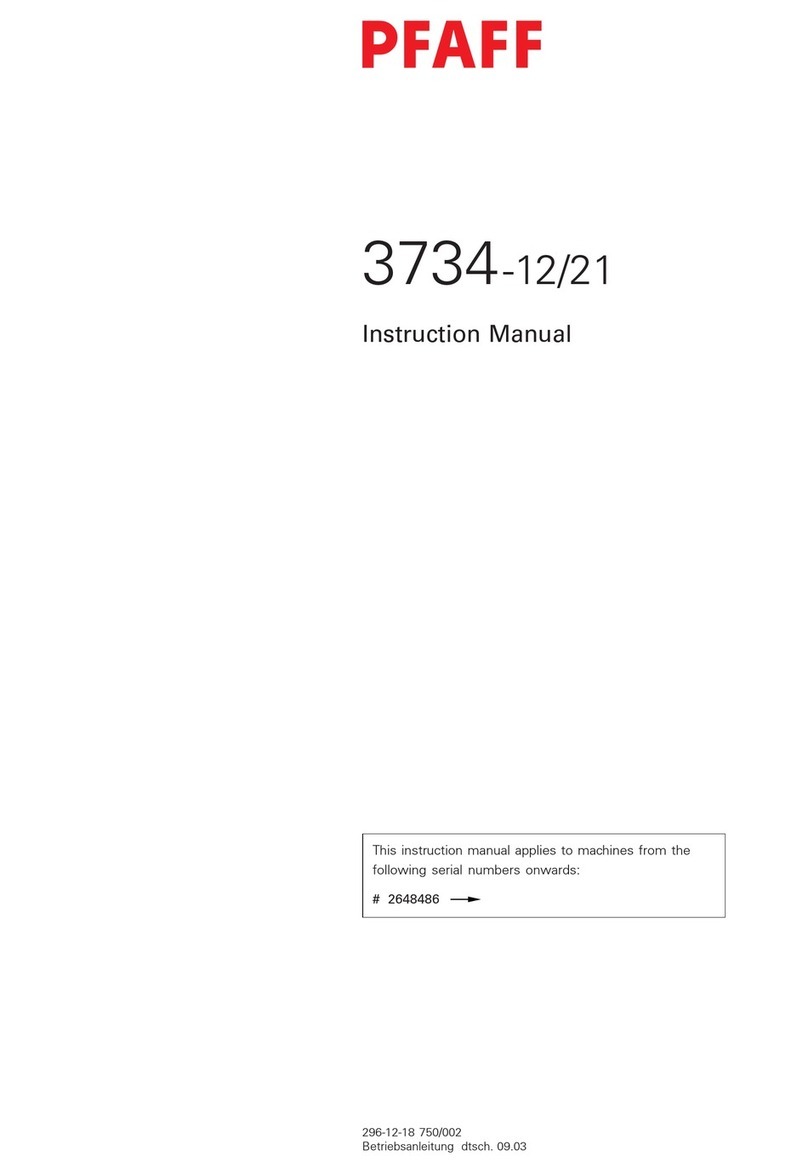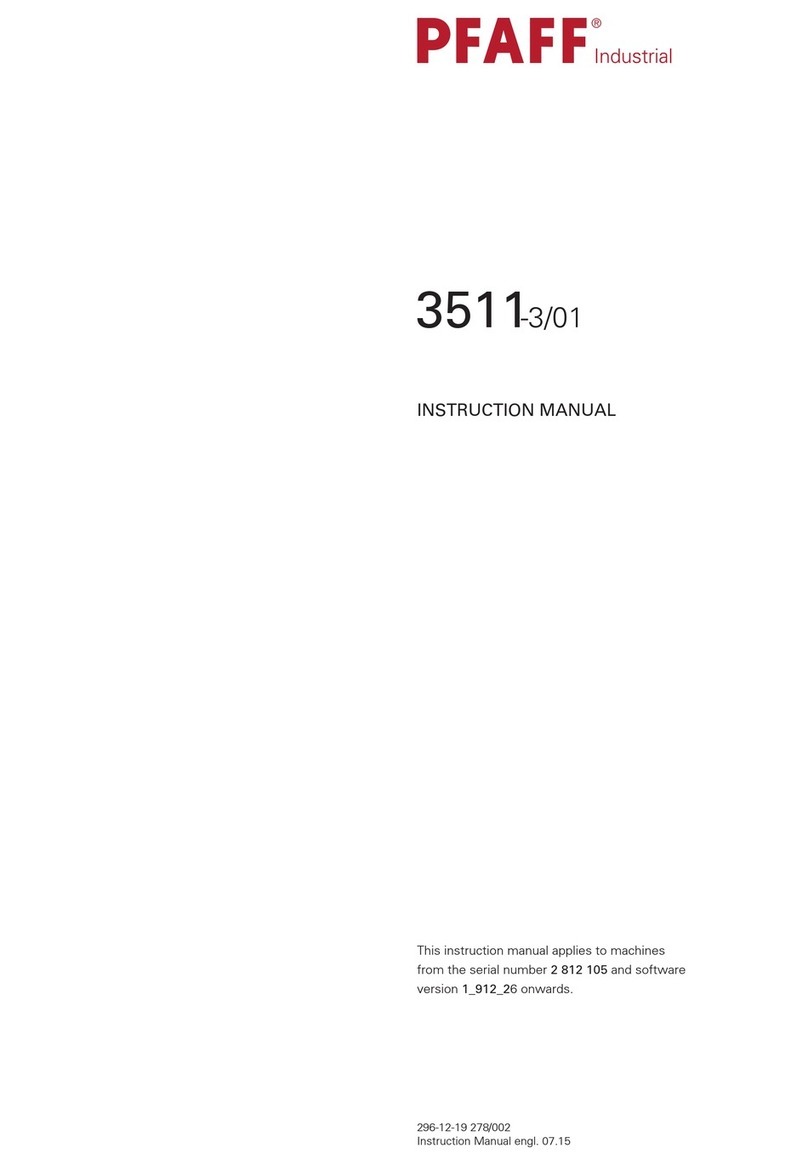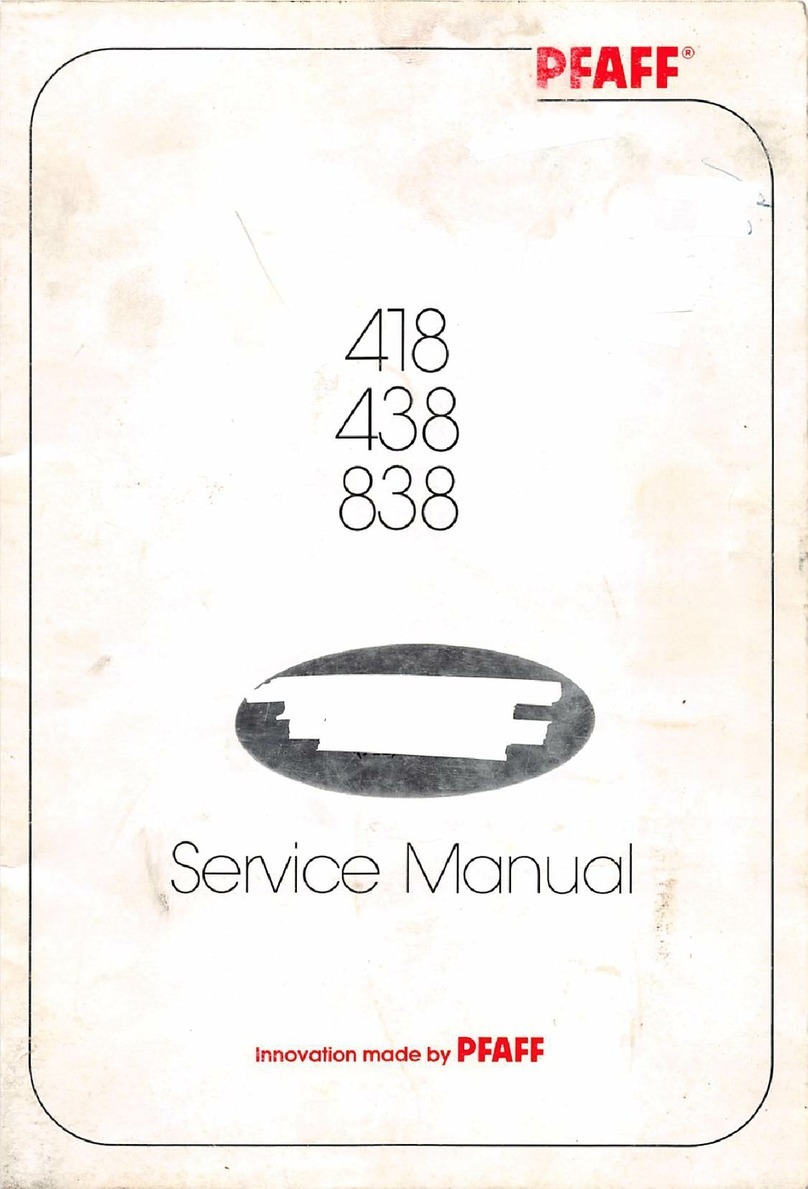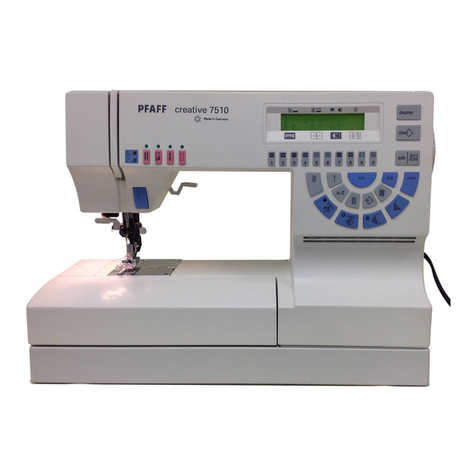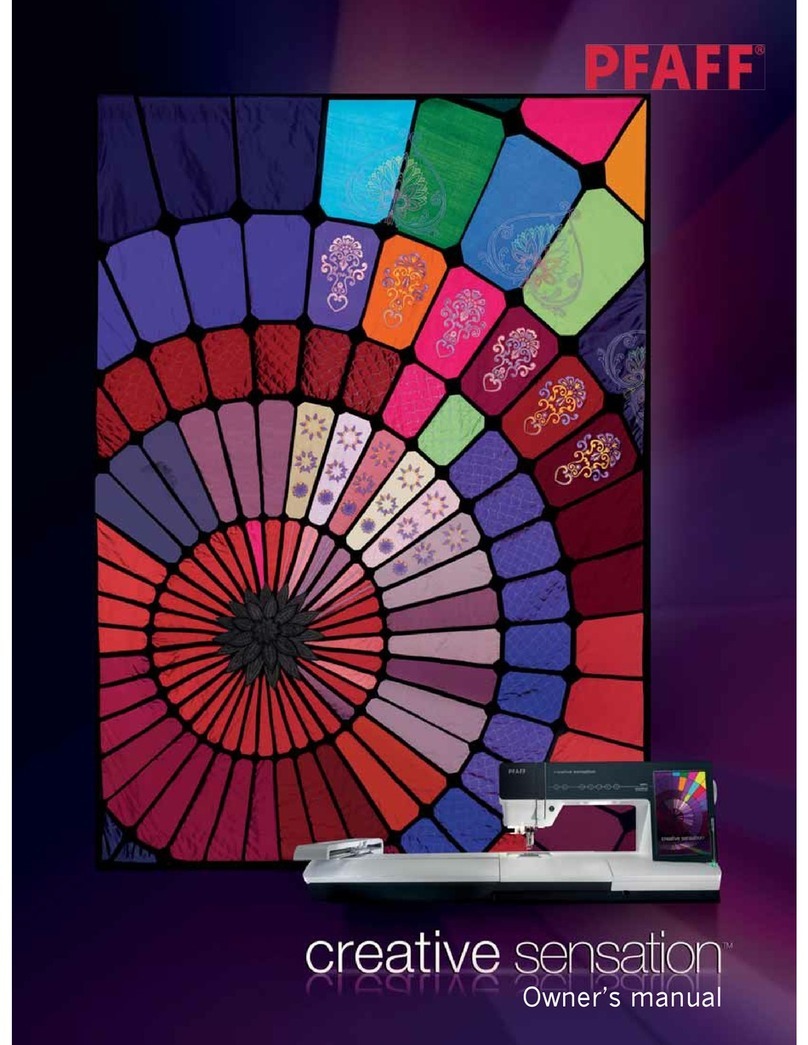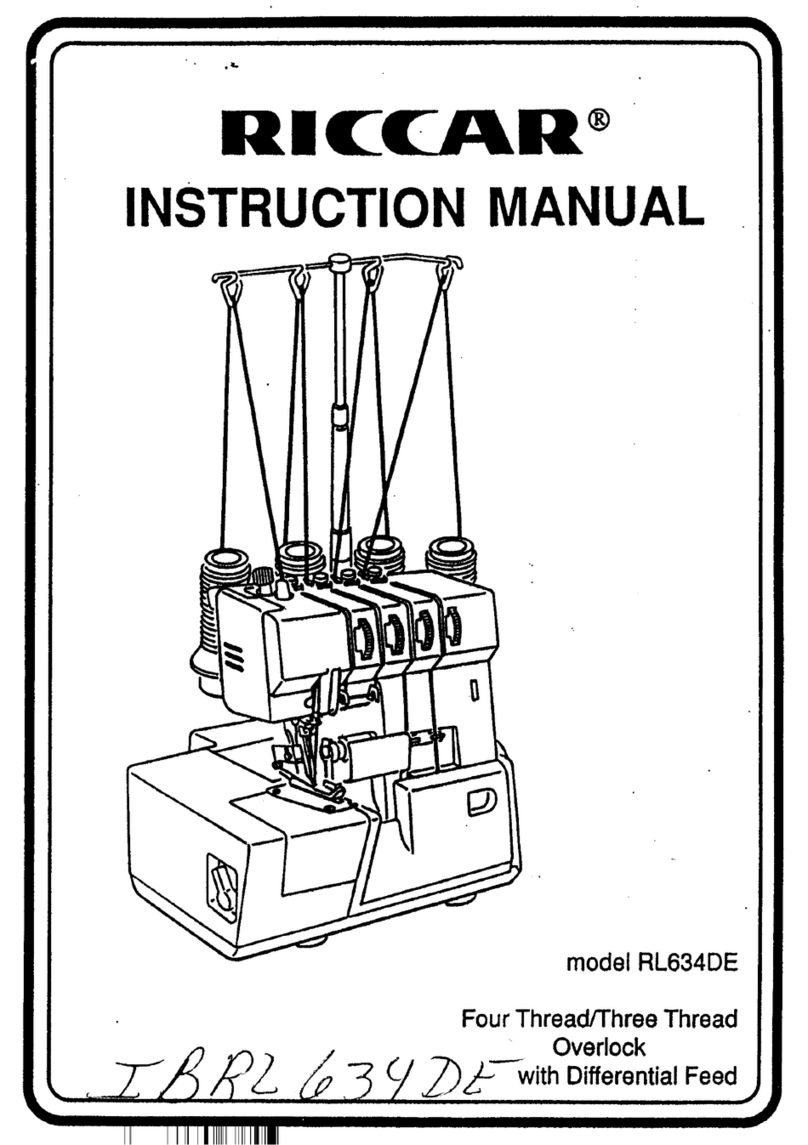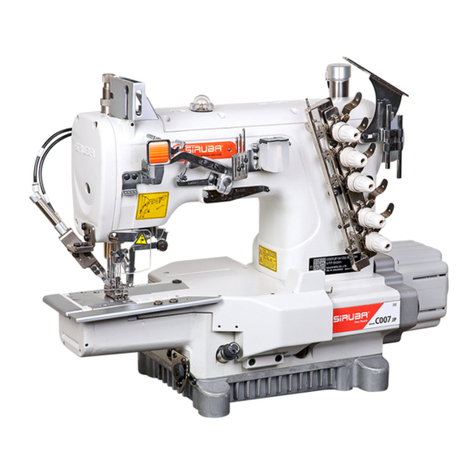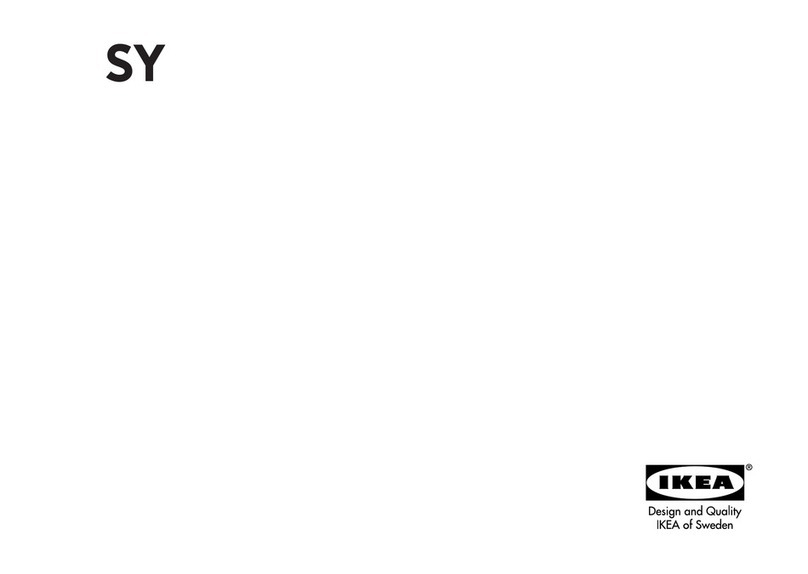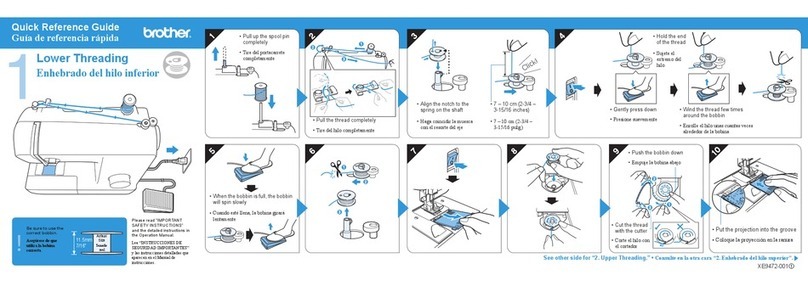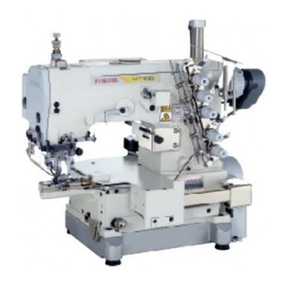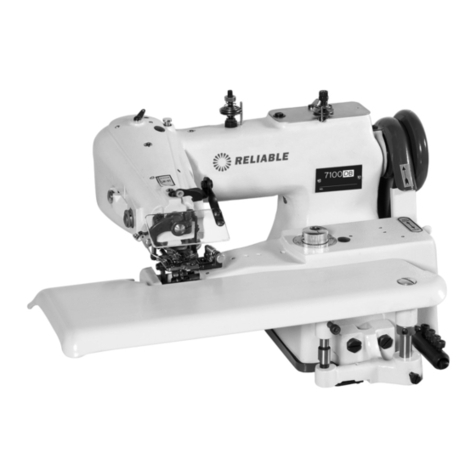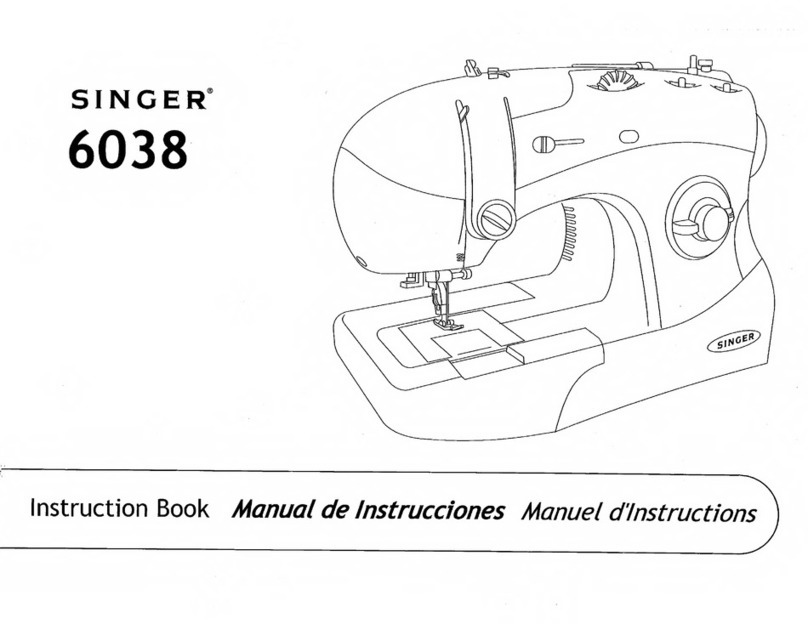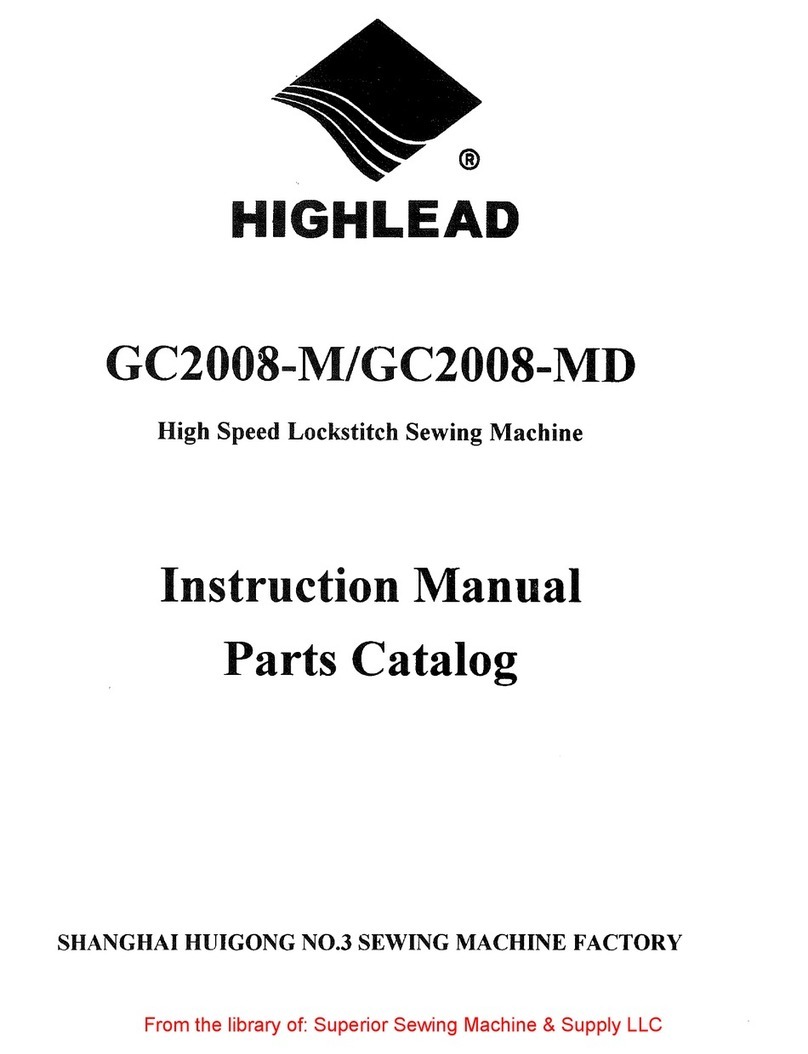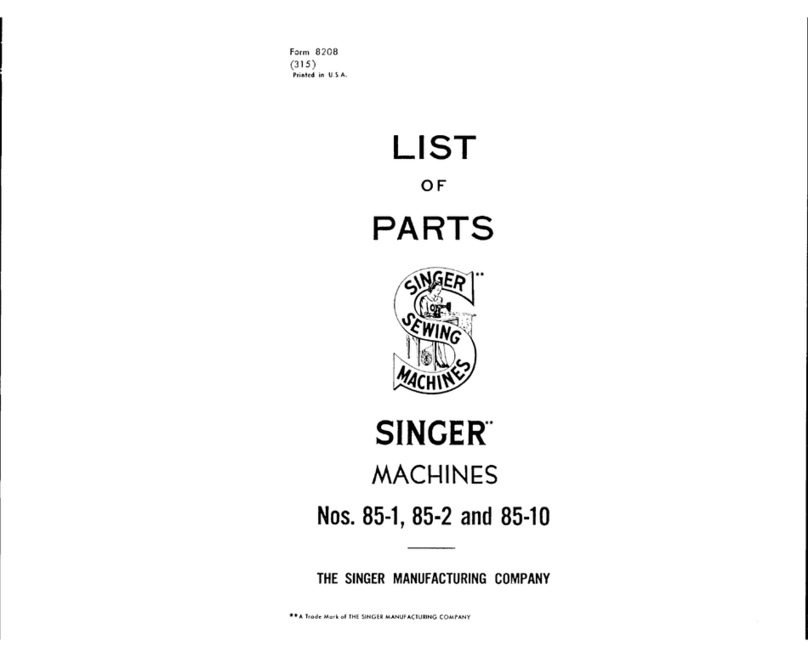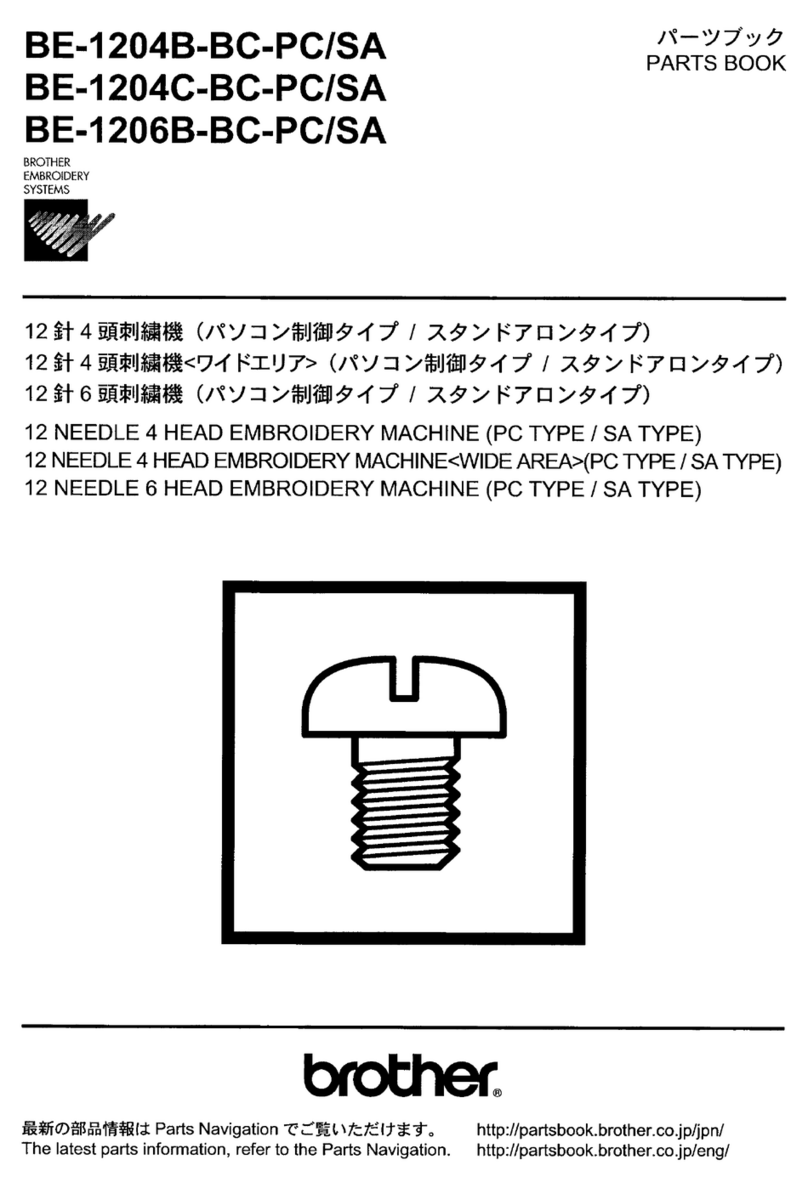Indice
Contents ...............................................................................Chapter - Page
12.03 Lubricating the zigzag drive ...................................................................................... 12 - 4
12.04 Lubricating the carriage guides of the X/Y control .................................................... 12 - 5
12.05 Lubricating jig changeover........................................................................................ 12 - 6
12.06 Cleaning the blower air filter .................................................................................... 12 - 7
12.07 Compressed air unit ................................................................................................. 12 - 8
12.07.01 Checking and regulating air compression................................................................. 12 - 8
12.07.02 Cleaning the air filter ................................................................................................ 12 -8
12.07.03 Checking and topping up the oil level....................................................................... 12 - 9
12.07.04 Emptying the water trap .......................................................................................... 12 - 10
12.07.05 Adjusting the drip feed rate on the oil vaporizer ....................................................... 12 -10
12.07.06 Cleaning the vaporizer jet ......................................................................................... 12 - 10
13 Adjustment ........................................................................................... 13 - 1
13.01 Notes on adjustments.............................................................................................. 13 - 1
13.02 Tools, gauges and other accessories ....................................................................... 13 - 1
13.03 Abbreviations ........................................................................................................... 13 - 1
13.04 Removing/inserting sewing machine head............................................................... 13 - 2
13.05 Checking and adjustment aids ................................................................................. 13 - 3
13.06 Adjusting the sewing machine head ........................................................................ 13 - 4
13.06.01 Counterweight ......................................................................................................... 13 - 4
13.06.02 Centering the needle in the needle hole (in the direction of sewing)........................ 13 - 5
13.06.03 Needle bar-parallel guide .......................................................................................... 13 - 6
13.06.04 Setting zero stitch .................................................................................................... 13 -7
13.06.05 Zigzag stitch movement........................................................................................... 13 - 8
13.06.06 Needle penetration symmetry ................................................................................. 13 - 9
13.06.07 Centering the needle in the needle hole (across the direction of sewing) ................ 13 - 10
13.06.08 Zigzag stitch width ................................................................................................... 13 - 11
13.06.09 Hook bearing............................................................................................................ 13-12
13.06.10 Hook lubrication ....................................................................................................... 13 -13
13.06.11 Gear box drive belt................................................................................................... 13 - 14
13.06.12 Preadjusting the needle height................................................................................. 13 -15
13.06.13 Needle bar rise, hook-to-needle clearance and bobbin case..................................... 13 -16
13.06.14 Final adjustment of needle height ............................................................................ 13 -17
13.06.15 Bobbin case opener position .................................................................................... 13 - 18
13.06.16 Bobbin case opener movement ............................................................................... 13 -19
13.06.17 Counter presser lifting stroke................................................................................... 13 -20
13.06.18 Needle guard movement ......................................................................................... 13 - 21
13.06.19 Needle guard position .............................................................................................. 13 -22
13.06.20 Counter presser height ............................................................................................ 13 - 23
13.06.21 Counter presser position.......................................................................................... 13 -24
13.06.22 Presser..................................................................................................................... 13 - 25
13.06.23 Needle thread tension release ................................................................................. 13 - 26
13.06.24 Thread check spring ................................................................................................. 13 -28
13.06.25 Thread puller ............................................................................................................ 13 -29
13.06.26 Bobbin winder .......................................................................................................... 13 -30
